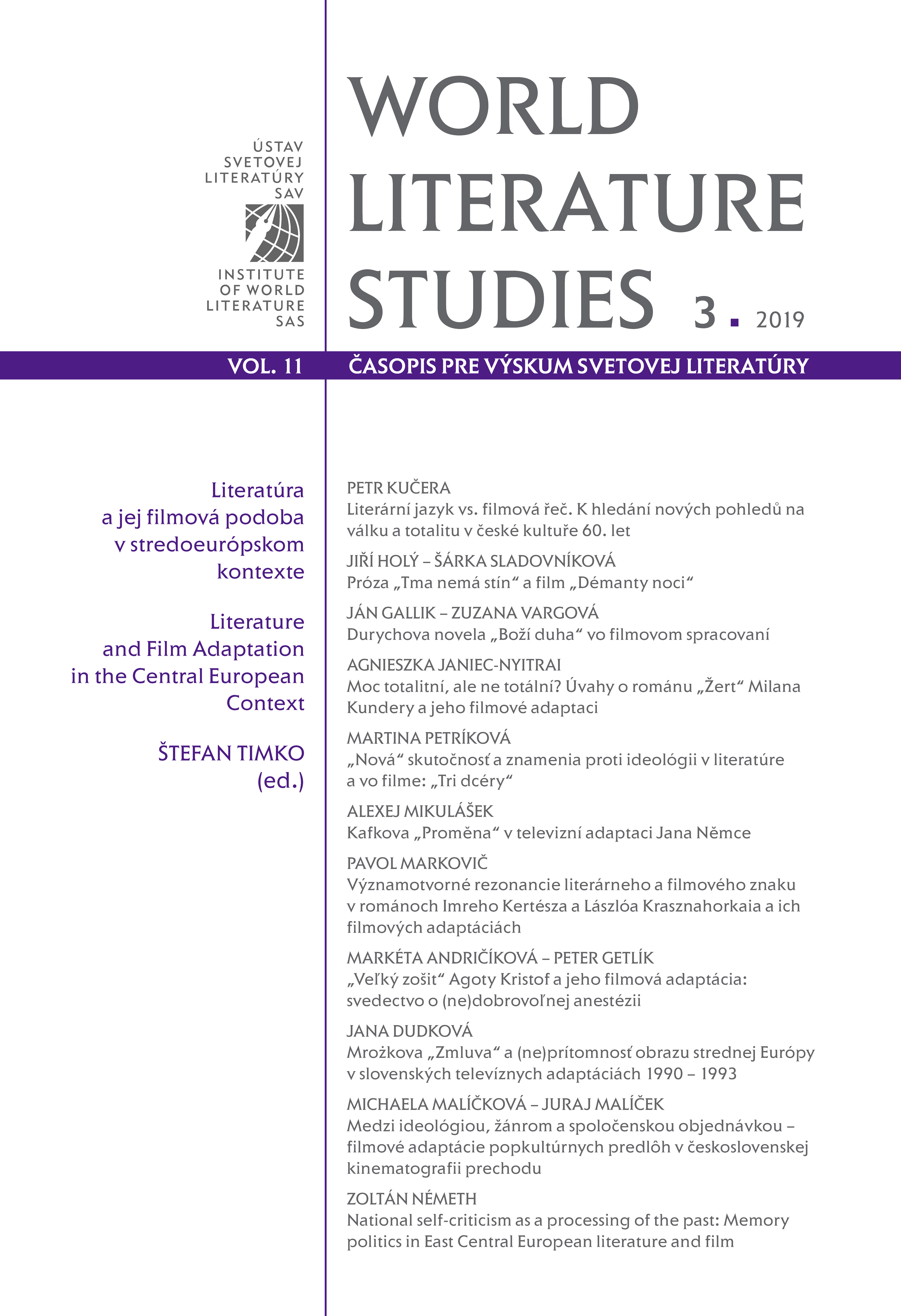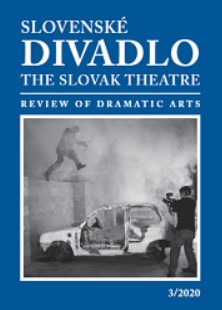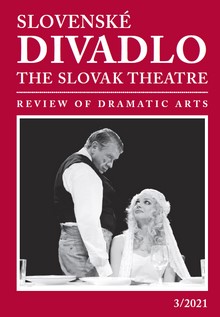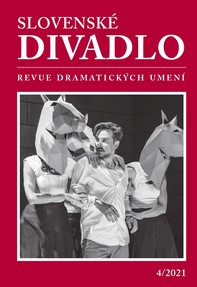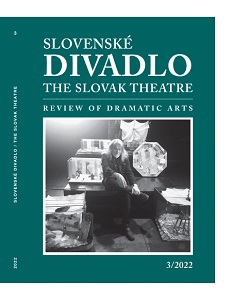ČRIEPKY DIVADELNÉHO OBRAZU SÚČASNEJ SLOVENSKEJ DRAMATIKY (VYROVNAVANIE SA S MINULOST'OU)
Ever since the latter half of the 20th century, drama text has undergone a number of changes. Since the 1990s, Slovak drama has been increasingly affected by contemporary Western drama and it has developed its own appearance. Since the beginning of the 21st century, all forms of its structure, content and scenic interpretative means have been for convenience referred to as “new drama“. At the beginning of this new path of the development of contemporary drama, some dramatists or authors of dramatised prose were inclined to work with a traditional building up of the drama text. Their focus was on characters either from the past or present through which they expressed their own views of the commonplaceness of our time. A number of them purposely broke the compactness of form and content and favoured film language with its rapidly sequenced events and thoughts. The new drama characters are heroes of our time, stripped bare of niceties, oftentimes acting against the backdrop of the older stories of individuals or historical time periods. Such is, for instance, the dramatisation of Rozner‘s prose Sedem dní do pohrebu (Seven Days to Funeral) or Klimáček’s plays about Gustáv Husák and the communist era. On the occasion of the 20th anniversary of the Velvet Revolution some drama texts build on an indirect contrast between hope for a change for the better and the current state of society. Three important strands of texts and their dramatisations have been introduced to Slovak theatre in recent theatre seasons. The first one is about coming to grips with the past by using a form of art documentary of a drama text (for instance, the texts on holocaust or on European history through the eyes of a globalising society, etc.) .
More...
